By Roy Morris jr.
Knowing that Puritan pursuers would be hot on his trail as soon as they realized he was not in Worcester, the king and his advisers stopped briefly at an inn in Ombersley (inevitably renamed the King’s Arms) to discuss their plans. Charles wanted to head straight for London, where he assumed he could hide in plain sight in the bustling city before boarding a ship for the Continent.
[text_ad]
His aides talked him out of that suicidal plan, recommending instead that the king seek refuge with local Catholic families in Shropshire until he could devise a better way out of the Puritan net. Charles agreed but understood instinctively that he should travel alone—a large company of retainers would stand out too much to anyone watching them. The others were reluctant to leave his side, either out of loyalty or a childish fear of being left alone. “Though I could not get them to stand by me against the enemy,” Charles joked later, “I could not get rid of them, now I had a mind to it.”
Disguised by the Penderel Brothers
The king made his way under cover of darkness to the home of a well-to-do Shropshire family, the Giffords, at Boscobel House. Five Catholic brothers named Penderel looked after the estate, and it was Charles’s good fortune that they had long experience in hiding priests and fellow Catholics from Puritan persecutors. The Penderels quickly disguised the king in humble peasant’s clothing—a coarse shirt, leather doublet, green breeches, and patched stockings. They trimmed his flowing Cavalier-length hair and gave him a greasy white, steeple-crowned hat to wear.
For several days Charles hid out at Boscobel House and a nearby priory. In a true-life event that would quickly become legendary, the king climbed into the branches of a towering oak tree and hid all day with his courtier, Captain William Careless, while Puritan soldiers rode back and forth below. Descendants of the Royal Oak still stand at Boscobel House.
With a thousand-pound bounty on his head, more than the average worker could earn in a lifetime, the royal fugitive passed through a series of Catholic safe houses, hiding in barns, fields, and once in an old-fashioned “priest hole” concealed inside a home. Adopting the alias “William Jackson,” Charles traveled at night, either alone or with a local guide, his progress literally hobbled by the ill-fitting boots he had been given to wear, which bruised and bloodied his feet. At one inn, the disguised monarch bandied words with a local blacksmith, allowing that “if that rogue, Charles Stuart, were taken, he deserved to be hanged for bringing in the Scots.”
Heading southeast through the English countryside toward Bristol and the coast, Charles and his guides reached Trent, near Sherborne, where he hid for several weeks in the home of a former Royalist soldier, Colonel Francis Wyndham. While Charles stayed out of sight, occasionally hiding at the ancient ruins at Stonehenge, his supporters searched for a ship to carry him safely to France.
Finding a Willing Captain and Boat
Despite his precautions, the king had several narrow escapes along the way. Once a drunken inn-keeper recognized the monarch and fell to his knees in obeisance; Charles managed to make a joke of it. Another time he shared his lodgings with 40 Puritan soldiers, who might have discovered his identity had not one soldier’s wife gone into labor, creating such a stir that the king was able to slip away unnoticed.
At Lyme Regis, Charles had the piquant experience of watching locals dance on the beach at the erroneous news he had been killed at Worcester. A local sea captain, Stephen Limbry, agreed to sneak the king onto his boat and sail for St. Malo, France. At the last moment, Limbry’s wife got word of the plan and locked her husband in their bedroom. She was determined, she said, not to be made a widow.
Finally, after six weeks of running and hiding, Charles made it to Bridport, where another captain, Nicholas Tattersell, agreed to slip the king out of the country aboard his coal scuttle, the aptly named Surprise. The final hours were not without more danger. A Puritan ostler ran into Charles in the inn stable. “Sure, sir,” said the man, “I know your face.” Keeping his wits, the king asked the man where he was from. Exeter, said the man. “Friend, certainly you have seen me then at Mr. Potter’s, for I served him a good while, above a year,” replied Charles. “Oh,” said the man, “then I remember you as a boy there.”
Remembering the Escape of Charles II
On October 14, the king and his aide, Lord Henry Wilmot, slipped aboard Surprise, anchored at Shoreham, and sailed for Fecamp, France, beating by mere hours a troop of Puritan cavalry that had been sent to Shoreham to arrest them. The narrow escape is commemorated each year by a yacht race from Brighton to Fecamp, the Royal Escape Race.
When Charles returned to England nine years later to reclaim his throne in the Restoration, he remembered and rewarded the Penderels, Captain Careless, and others who had helped him make his narrow escape. He granted royal coats of arms and annual pensions to their families; the Penderels’ descendants still receive a stipend today. Even more tellingly, on his deathbed Charles became a Catholic.
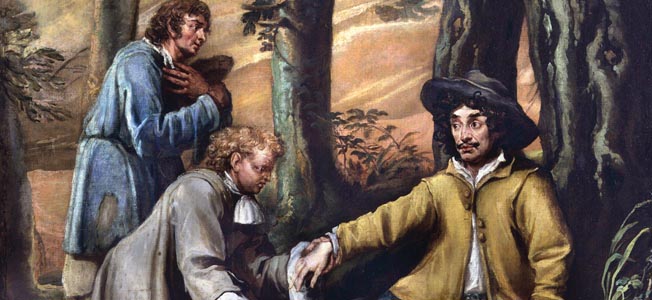
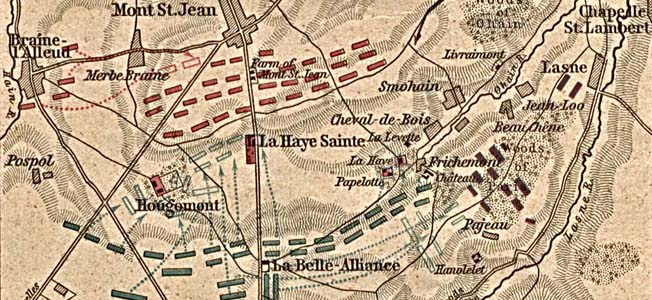

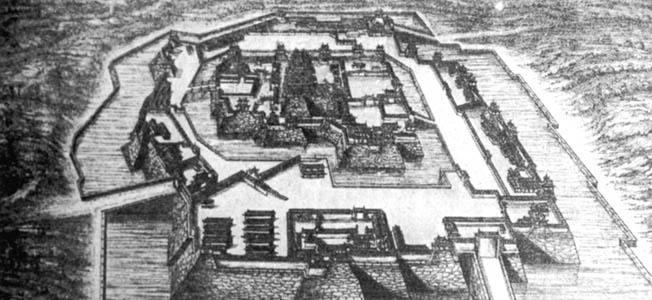
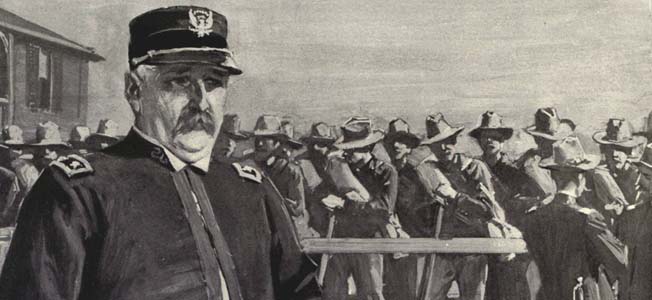


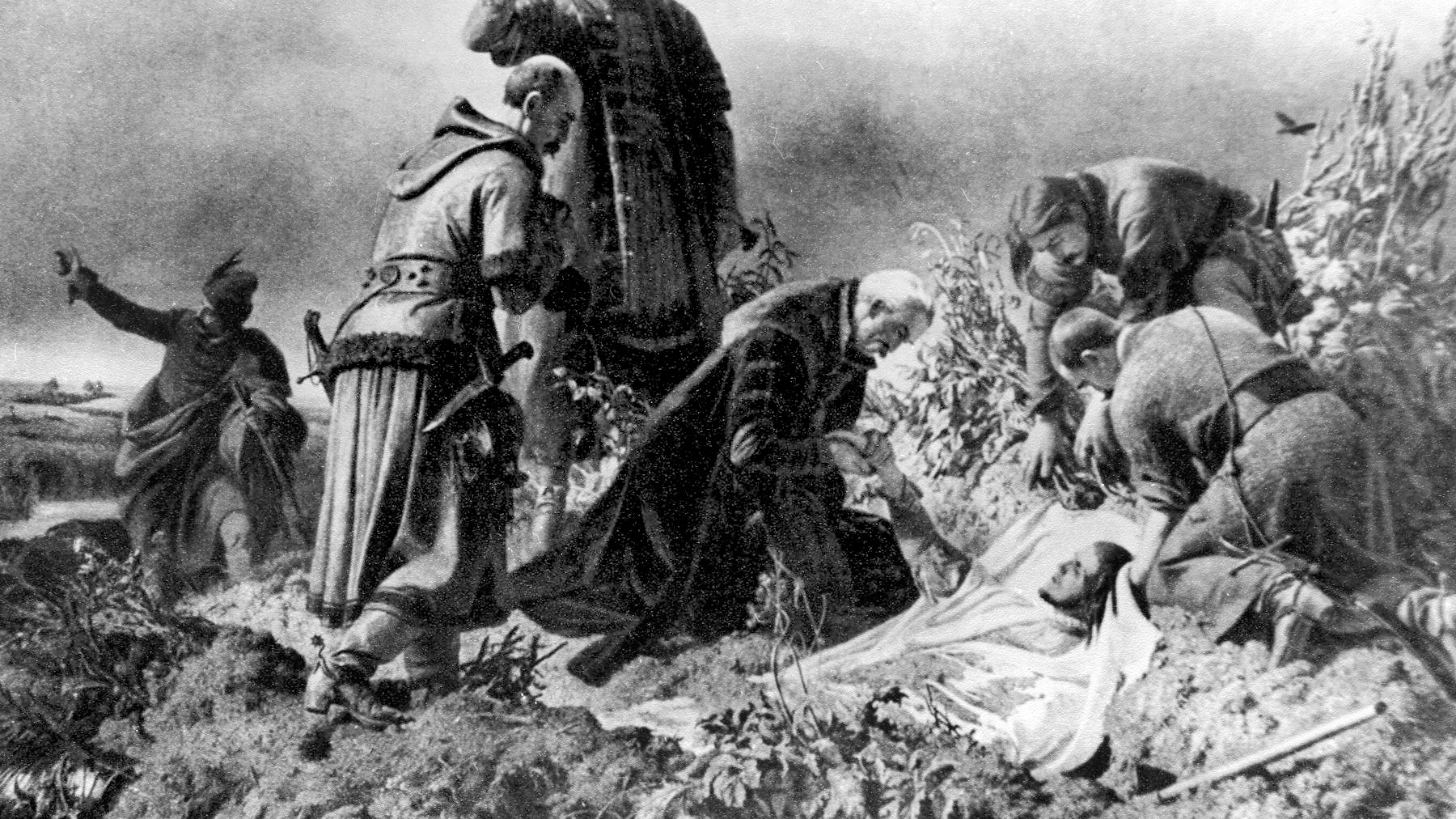
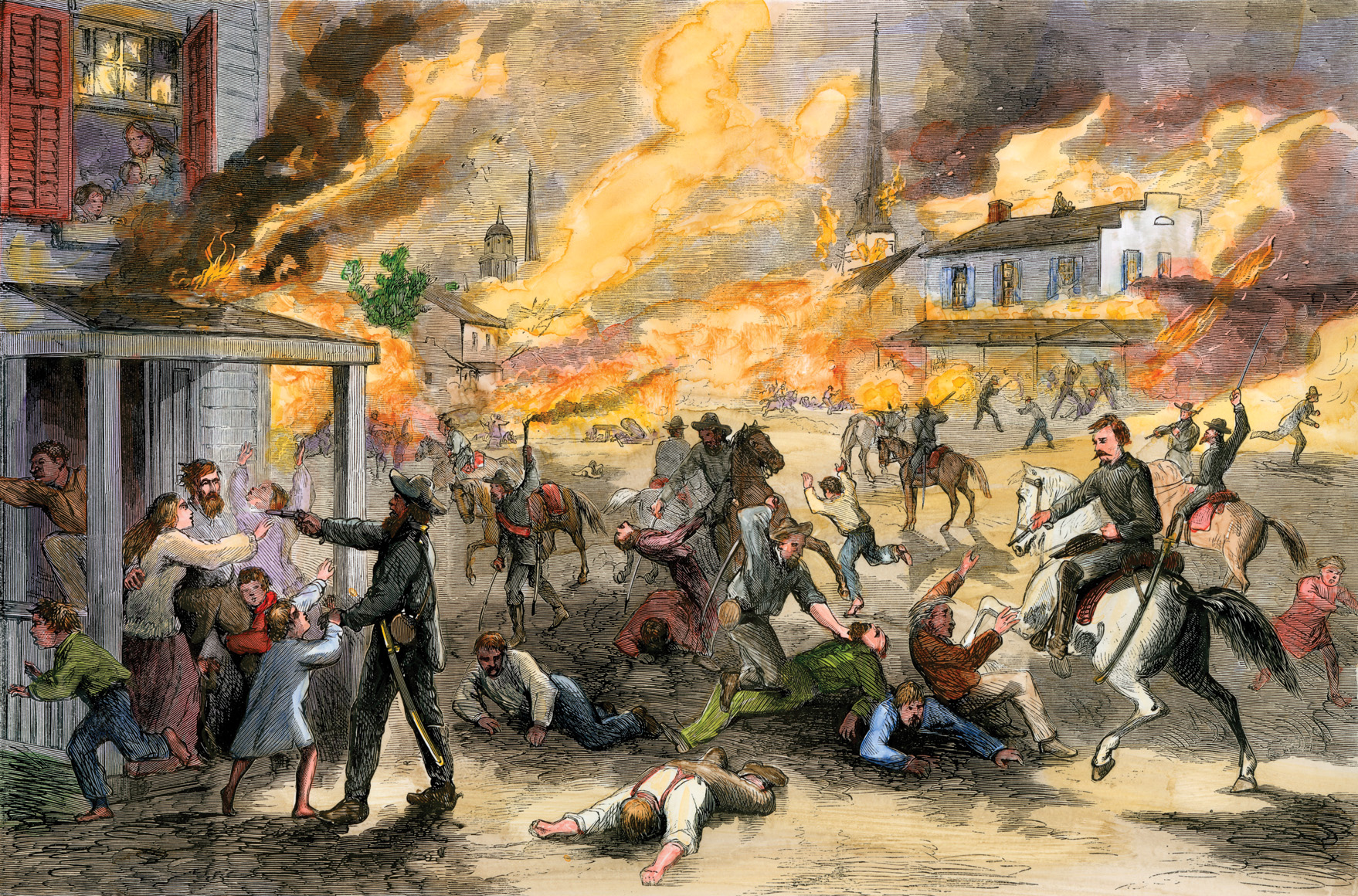
Join The Conversation
Comments
View All Comments